“Parama: A journey with Aparna Sen” – the new documentary on Aparna Sen – GetBengal story
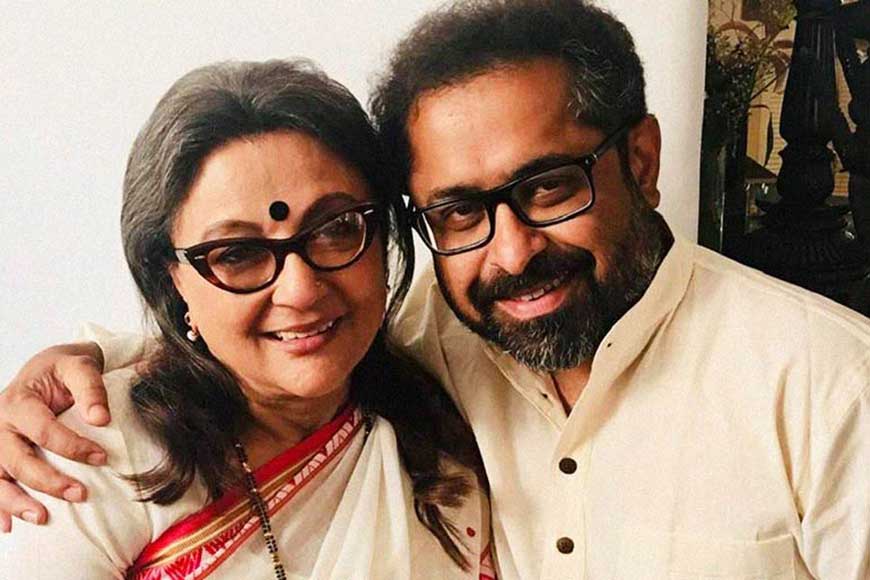
Aparna Sen with Director Suman Ghosh
Her work has inspired many and continues to do so. Yet she and her directorial work has often been subjected to many interpretations and studies such as the Indian film scholar, author and freelance journalist, Shoma A. Chatterji has written the book “parama and other outsiders: The Cinema of Aparna” on Sen and her work. Who would not like to shed light on the life of such a spectacular woman? Yes, we are speaking of Aparna Sen. Director Suman Ghosh has made a new documentary on Sen, titled, “Parama: A journey with Aparna Sen.”
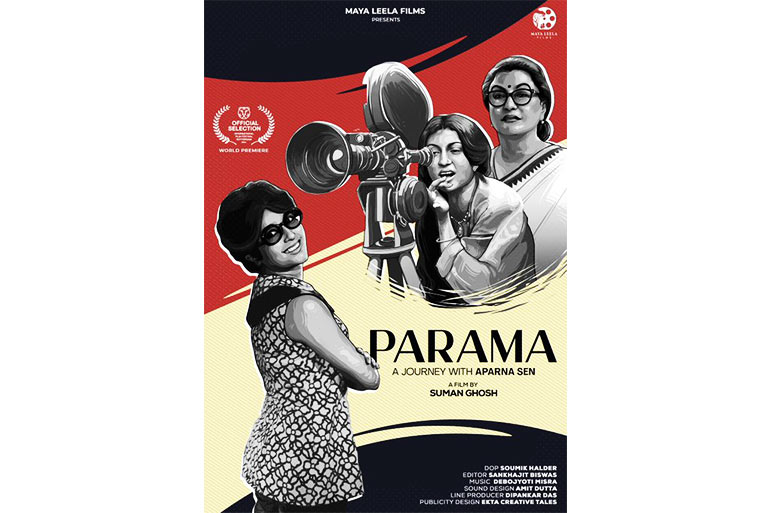
Aparna Sen is one of the finest selections of Satyajit Ray, who debuted with the great director and remained on the scene for years to come. She has excelled both as an actor in films and theatre as well as a director of parallel cinema. Her debut as an actor was in Satyajit Ray’s Teen Kanya as Mrinmoyee and as a director in 36 Chowringhee Lane (1981). A Padma Shri awardee of 1987, Aparna Sen has received several accolades throughout her lifetime. Being the daughter of the late Chidananda Dasgupta, a filmmaker, film critic, film historian and one of the founders of Calcutta Film Society with Satyajit Ray in 1947, Sen never limited herself to acting and raised awareness on important issues through her films. She shattered many stereotypes, when she came into directing, there were very few woman directors in India. With movies as a medium, Sen repeatedly portrayed the struggles of women in a patriarchal society and the need to raise a voice against such injustice.
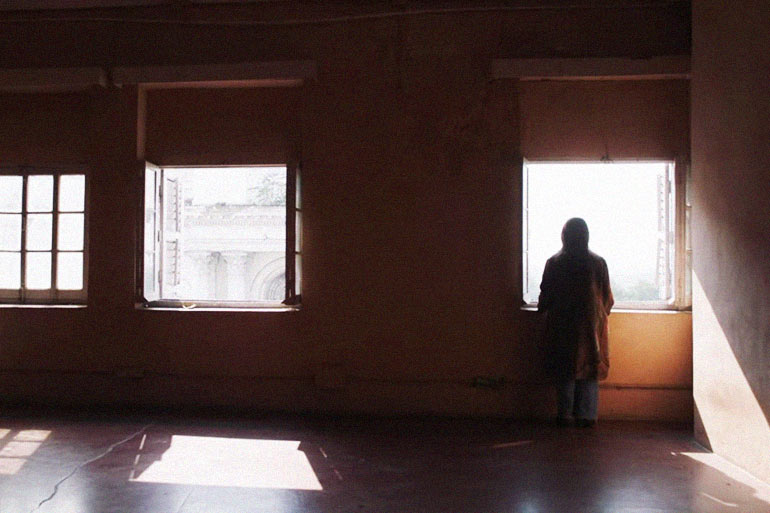
In “Parama: A Journey with Aparna Sen”, renowned artists Konkona Sensharma, Kalyan Roy, Gautam Ghose, Rahul Bose, and Shabana Azmi, among others, express a sense of personal connection with Aparna Sen. A notable aspect of the documentary is Sen’s revisitation to the locations where she conducted her film shoots. Locating the filming location of Aparna Sen's 36 Chowringhee Lane posed a challenge. The film, released in 1981, faced the transformations of Kolkata over the years, with alterations in house numbers and overall cityscape. The recollections of the former caretaker of the building, who witnessed Sen’s filming sessions with Jennifer Kendal, is the only thing that has remained till today. More than four decades later, Suman Ghosh successfully pinpointed the dilapidated structure and compiled footage of Aparna Sen revisiting her filming sites, including this rediscovered building. The documentary is set to make its world premiere at the International Film Festival Rotterdam in January 2024, as part of the ‘Cinema Regained’ segment.
The segment, ‘Cinema Regained,’ is conceived as a realm of shared remembrance and imagination, featuring restored classics, documentaries on film culture, and examinations of cinema's heritage. Suman Ghosh explained: “Rather than producing a straightforward biography showcasing the key milestones of Sen’s career, I opted to intersperse the original scenes from her films with footage of Aparna Sen revisiting those iconic locations.” Recognising buildings and finding them out more than 40 years later is a job easier said than done. When they set out to find the building in which the film 36 Chowringhee Lane was shot, it was no longer the address but the lift that Kendal used that took them to their destination. Such stories of finding locations have made the documentary fascinating and gripping. Even after so many years, Sen did not lose her enthusiasm and as if returning to the old shooting sites gave her back the strength and energy that she had. Even with no elevator, Sen went up and down from the floor without any hesitation. She can be seen saying in the film that she is more Rina and less Aparna in this film.
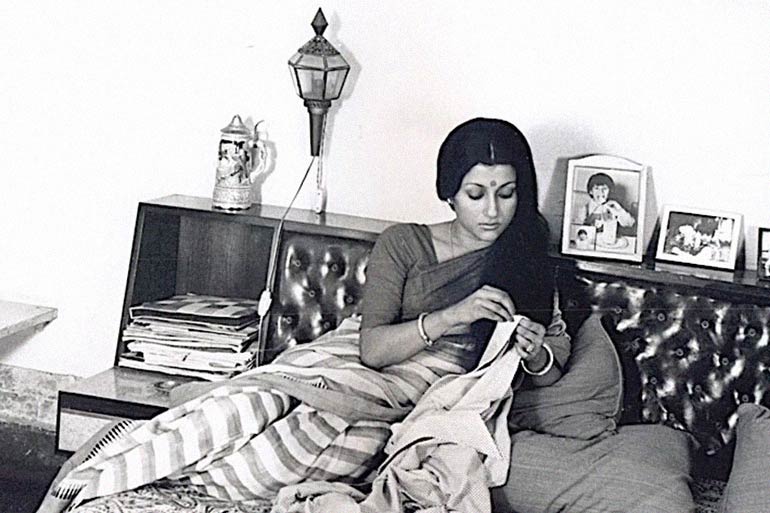
Owners of the house where Paromitar Ekdin was shot were averse to any shooting in that house again. The situation was so dire that Suman Ghosh himself volunteered to speak to the owner to convince him. The caretaker had even warned him that the encounter may not be a “civil” one. But the surprise on his face, when the owners’ reaction was totally opposite to what he had expected, is unimaginable and all the more reason to watch it. Upon encountering Rina-di, an elderly lady from the household broke into a smile, and pleasantries were exchanged. When Rina-di enquired about any architectural changes upstairs, the lady warmly invited her to come up. Seizing the opportunity, they promptly ascended. Once on the upper floor, the lady became emotional and engaged in a discussion about the shots she had captured, as highlighted by Ghosh in the documentary.
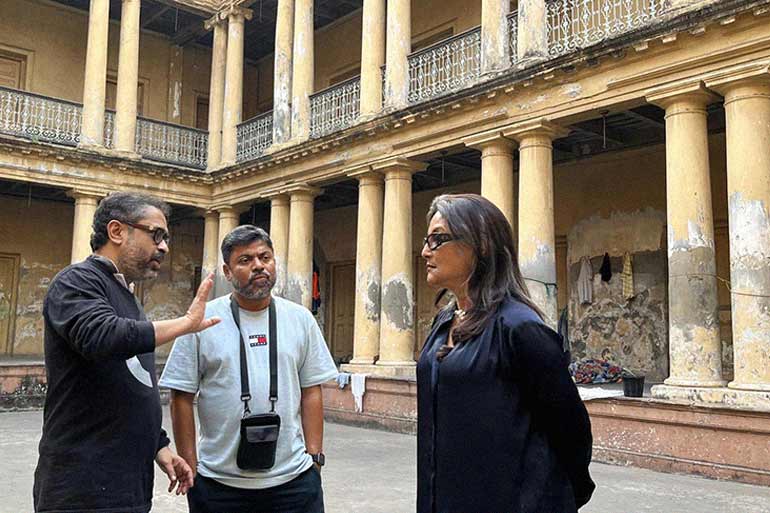 Suman Ghosh, Soumik Halder, and Aparna Sen
Suman Ghosh, Soumik Halder, and Aparna Sen
What sets this documentary apart is its unique editing process. The prospect of making a significant contribution and paying homage to Aparna Sen excited editor Sankha, who happens to be a professor of editing at SRFTI. When he was approached to edit this film, he promptly agreed. He highlighted that the documentary has transformed into a deeply emotional work, challenging conventional perceptions about the nature of documentaries. Thanks to Suman Ghosh’s documentary, Aparna Sen got to relive her golden days once again and rediscover herself and the city. Soumik Halder was in charge of filming this documentary, the same person who had shot the movie Goynar Baksho directed by none other than Sen. The music was composed by Debojyoti Mishra. The documentary recently had its world premiere at the International Film Festival Rotterdam.
Image Courtesy : https://www.bongodorshon.com











